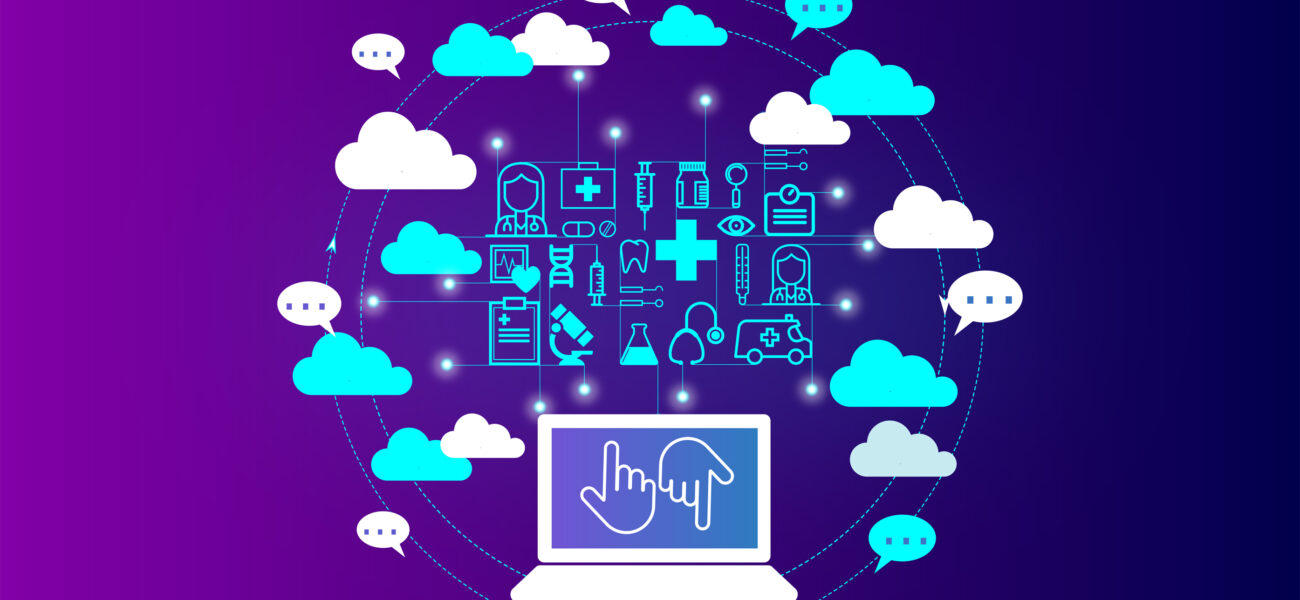Artificial Intelligence in Telemedicine: Transforming Healthcare Delivery
Introduction
Artificial Intelligence (AI) is revolutionizing various sectors, and healthcare is no exception. In the realm of telemedicine, AI is enhancing the efficiency, accuracy, and accessibility of healthcare services. This article explores the key ways AI is being integrated into telemedicine and its impact on the healthcare industry.
Enhancing Diagnostic Accuracy
AI-powered tools are improving diagnostic accuracy in telemedicine. Machine learning algorithms can analyze medical images, such as X-rays, MRIs, and CT scans, with high precision. AI systems can detect patterns and anomalies that might be missed by the human eye, assisting healthcare providers in making more accurate diagnoses. For instance, AI applications are increasingly used in radiology for detecting conditions like tumors or fractures, thereby supporting remote consultations.
Personalizing Patient Care
AI enables personalized patient care through predictive analytics. By analyzing patient data, AI systems can predict disease risk, suggest individualized treatment plans, and monitor patient progress. For example, AI can identify patients at risk of developing chronic conditions by analyzing historical health data and lifestyle factors. This allows for proactive management and tailored interventions, improving overall patient outcomes.
Streamlining Administrative Tasks
Administrative efficiency is another area where AI is making a significant impact. AI-driven chatbots and virtual assistants can handle routine tasks such as scheduling appointments, managing patient inquiries, and processing insurance claims. This automation reduces the administrative burden on healthcare providers, allowing them to focus more on patient care. Additionally, AI systems can analyze large volumes of data to identify trends and optimize resource allocation.
Facilitating Remote Monitoring
AI enhances remote monitoring capabilities in telemedicine. Wearable devices equipped with AI can continuously track vital signs, such as heart rate, blood pressure, and glucose levels. These devices can alert healthcare providers to any abnormalities in real-time, facilitating timely interventions. For patients with chronic conditions, continuous monitoring helps in managing their health more effectively and reducing hospital readmissions.
Improving Patient Engagement
AI tools contribute to improved patient engagement by providing tailored health information and recommendations. AI-powered applications can offer personalized health tips, medication reminders, and lifestyle suggestions based on individual patient data. These tools enhance patient education and encourage adherence to treatment plans, leading to better health outcomes.
Addressing Challenges
Despite its advantages, integrating AI into telemedicine presents challenges. Issues related to data privacy, algorithm bias, and the need for continuous training of AI systems must be addressed. Ensuring the accuracy and ethical use of AI technologies is crucial for maintaining patient trust and safety.
Conclusion
AI is playing a transformative role in telemedicine by enhancing diagnostic accuracy, personalizing patient care, streamlining administrative tasks, facilitating remote monitoring, and improving patient engagement. As AI technology continues to advance, its integration into telemedicine is expected to further revolutionize healthcare delivery, making it more efficient, accessible, and effective.



